No trip to Japan is complete without a quick (literally) train ride to Kyoto. To escape the hustle and bustle of city life in Tokyo, we took the fastest form of ground transportation in the world: the bullet train (aka shinkansen). Of all the sightseeing we did on our trip to Japan, visiting and staying in Kyoto was by far the most memorable part for me.
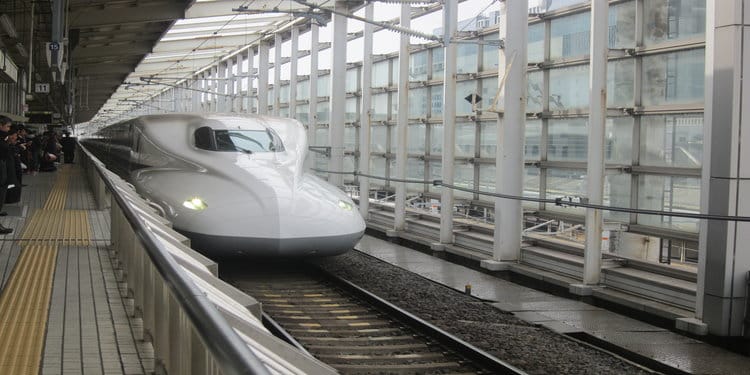
The Ryokan
We switched gears in Kyoto and opted to stay in a traditional Japanese-style ryokan (pronounced without the ‘r’ in Japanese). Searching for the perfect ryokan was difficult as many of the websites are not fully developed (and not always translated). I sifted through pages of past reviews, but what ultimately swayed me were the images and photos. I was looking for photos that got me excited to want to stay there and for this particular location, it was the image of a red bridge that sparked my curiosity.
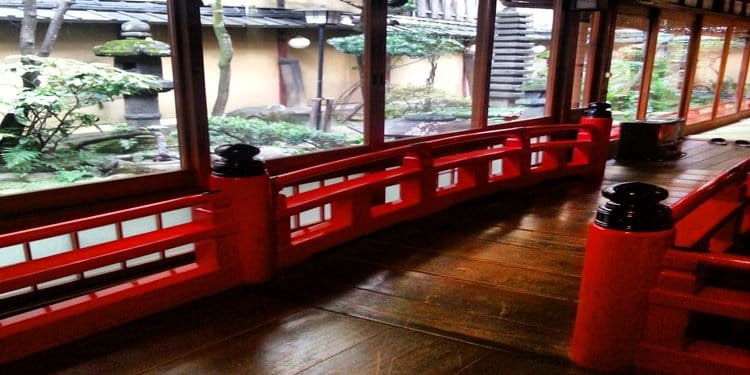
The minute we stepped foot in Kikokuso, a 130-year old family-owned ryokan, we were transported to another world and unmistakably, another time. We were immediately greeted at the door by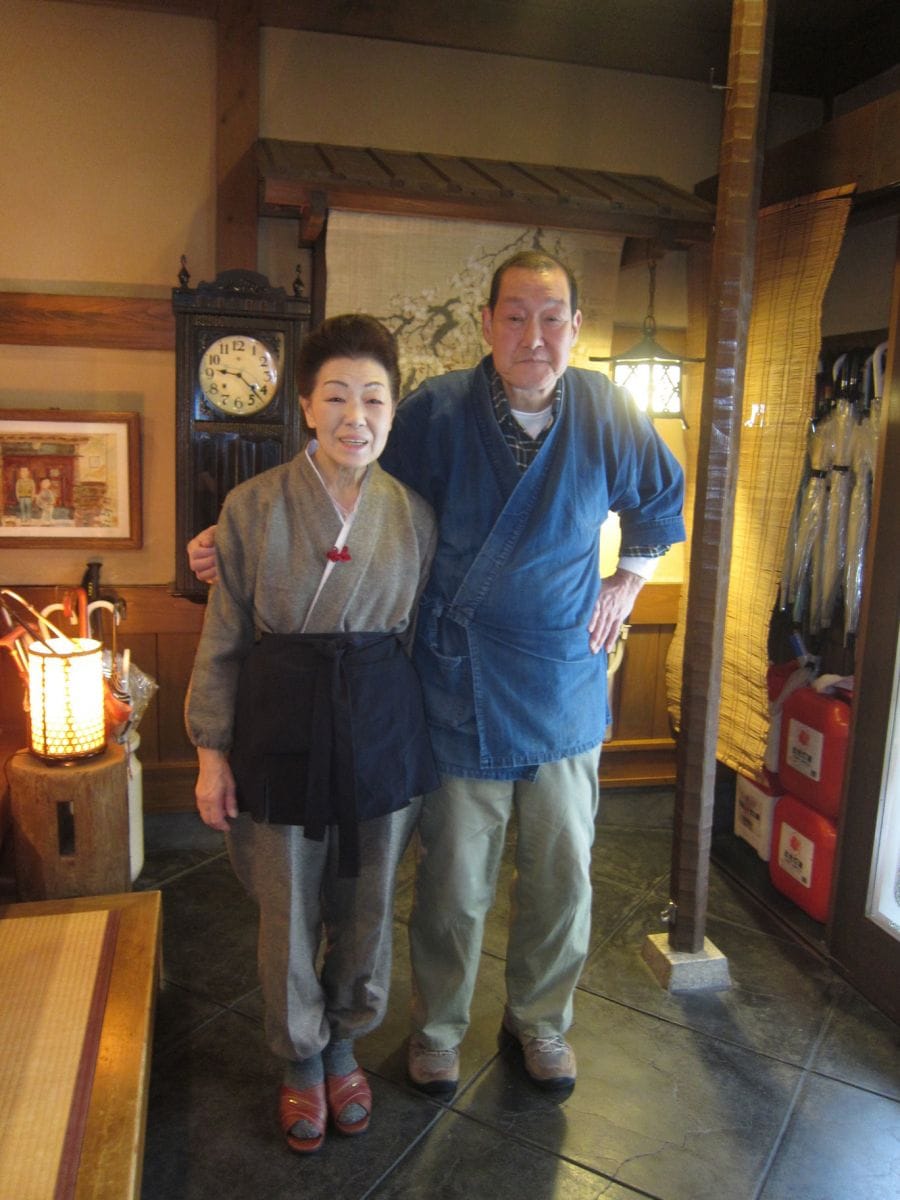 the owners; a sweet husband and wife team who made us feel right at home. It was like the warm feeling you get when visiting grandma and grandpa’s house as a little kid.
the owners; a sweet husband and wife team who made us feel right at home. It was like the warm feeling you get when visiting grandma and grandpa’s house as a little kid.
The ryokan is very simple and minimalist in design, but there are subtle touches like the red Japanese-style bridge and Japanese garden with a lazy pond that give it its true charm. We stayed on the second floor of this 2-story, 5-room ryokan and enjoyed the well-sized balcony in our room that overlooked the garden. Our room felt large because of the high ceilings, but squeezing 3 of us in one room was a bit cozy. It’s traditionally styled, but I was surprised to see a small T.V. tucked in the corner (which we didn’t care to turn on as to not disrupt the authentic ambiance).
Tea and a small treat were served in our room by the owner before bedtime and arrangements were made for our bath time. It is typical for ryokans to have communal bathrooms, but they are Japanese-style (think rock bath) and absolutely not the college dorm-style ones you may be thinking of.
What made our experience unique and unlike any hotel we’ve stayed at was that we slept on tatami mats that were laid out in our room at bedtime. I slept warmly and comfortably, but it could be problematic for those wishing to stay for longer periods of time.
In the morning we enjoyed a traditional Kyoto-style breakfast (floor seating and all) that was neatly laid out for us in a private dining room on the first floor. The meal was deliciously prepared by the owners and staff and we were curious to try something we typically don’t eat for breakfast, i.e. shrimp, tofu and rice. I think the fun part for us as well was putting on the yukata’s (Japanese robe) for breakfast (neatly pressed in our rooms).
We loved our stay at Kikokuso and would not trade the experience for anything else. It is a true labor of love and the beautiful couple/owners made us feel as though we were in a home-away-from home. Although on the more expensive end and not as conveniently located (but breathtaking based on the photos and highly recommended), the other ryokan we considered was Hoshinoya (only accessible by boat and near the entrance of the Monkey Park).
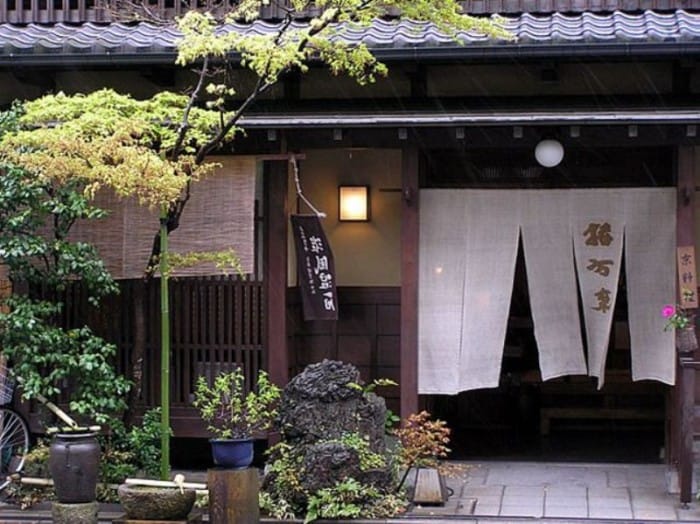
What We Loved:
- Hospitality, hospitality, hospitality! We were greeted by the owners as soon as we walked through the doors. We were offered tea upon arrival, before bed and given a phone call when our bath was ready.
- The location: the main Kyoto train station is just a 10 minute walk away.
- The Kyoto-style breakfast served by the staff. Note that breakfast and dinners at the ryokan need to be arranged in advance of your arrival (at least 3 days).
What We Didn’t Love:
- At the time of booking, the one room with a private bathroom was not available, so we had to schedule our bath time in the large communal bathroom. Despite the minor inconvenience, it did make our stay at this 130-year old ryokan feel more authentic. Quite frankly, I couldn’t imagine a modern bathroom attached to one of these beautifully preserved rooms.
- The 130-year old ryokan shows its true age and does things the old school way: cash-only. Unfortunately no credit cards are accepted so be prepared to bring cash to pay for your stay.
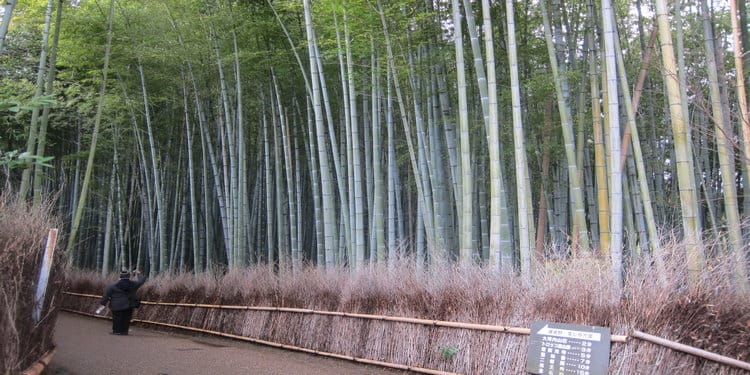
What To See In Kyoto:
The ryokan was a great highlight for our trip, but we really enjoyed exploring and taking in Kyoto’s natural beauty in the Arashiyama District (quickly and easily accessible from the Kyoto
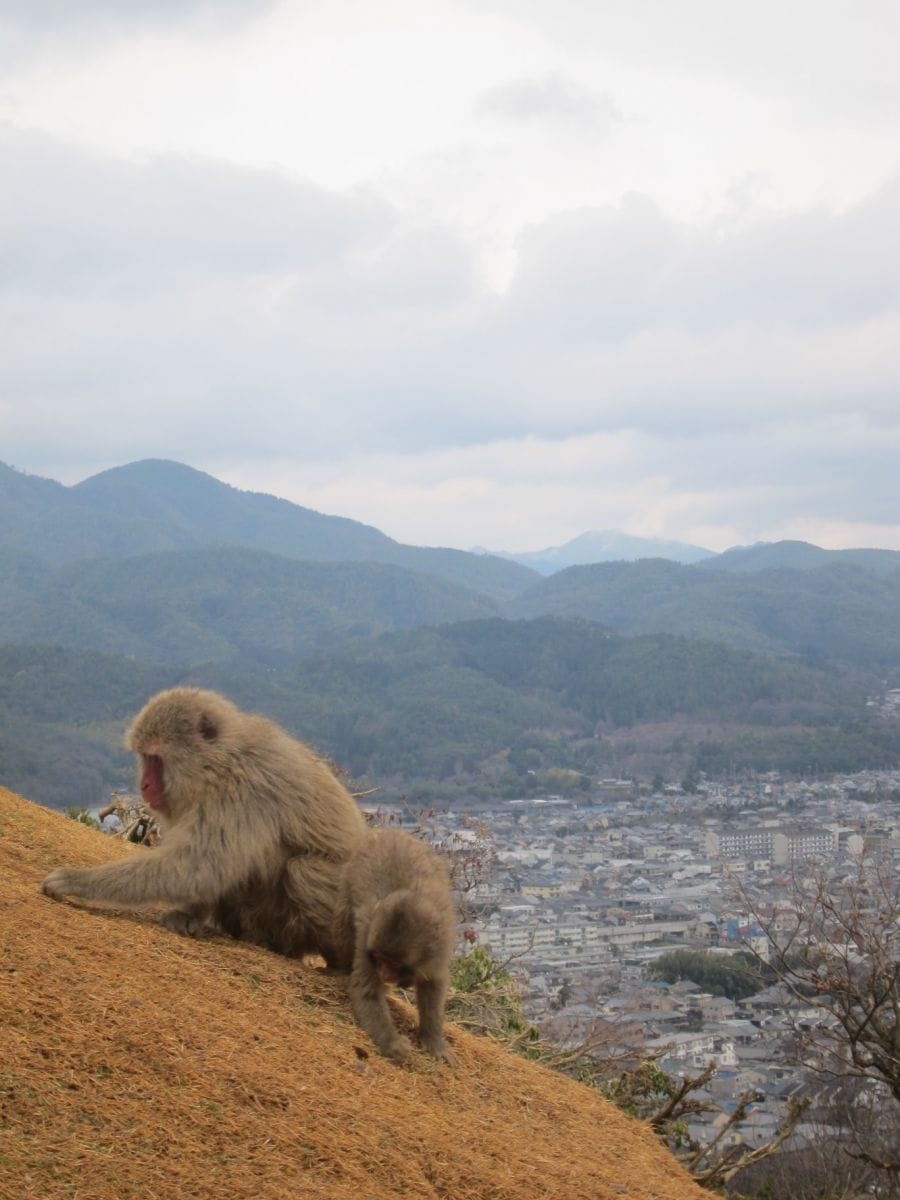
Station). There we got to walk through the breathtaking Bamboo Forest, see many cherry blossoms, visit temples and even hike up a few kilometers to see (and feed!) wild monkeys. You will need a few hours here if you really want to explore, but it is worth it.
Afterwards, we made our way via taxi to the Gion District where we were lucky enough to spot a few real-life geishas making their way to hidden restaurants to meet up with clients. Before making our way back to Tokyo, we made a stop at the Fushimi Inari Shrine which was so much fun and inspiring to photograph.
Tips:
- Have your breath taken away at the world photographed Bamboo Grove/Forest
- Wander through thousands of golden-orange arcs that frame the pathways at the famous Fushimi Inari Shrine
- Visit the Golden Pavilion for temple-worthy pictures
- Take in the Kyoto skyline view and feed fluffy (and feisty) monkeys at the Arashiyama Monkey Park Iwatayama
- Want to get a feel for what Japan felt like pre-WWII? Visit some of Kyoto’s oldest neighborhoods, particularly Gion, where geishas can be seen (if you spot them quick enough) making their way to tucked –away bars/restaurants.
Review by Christina Meza-Kim

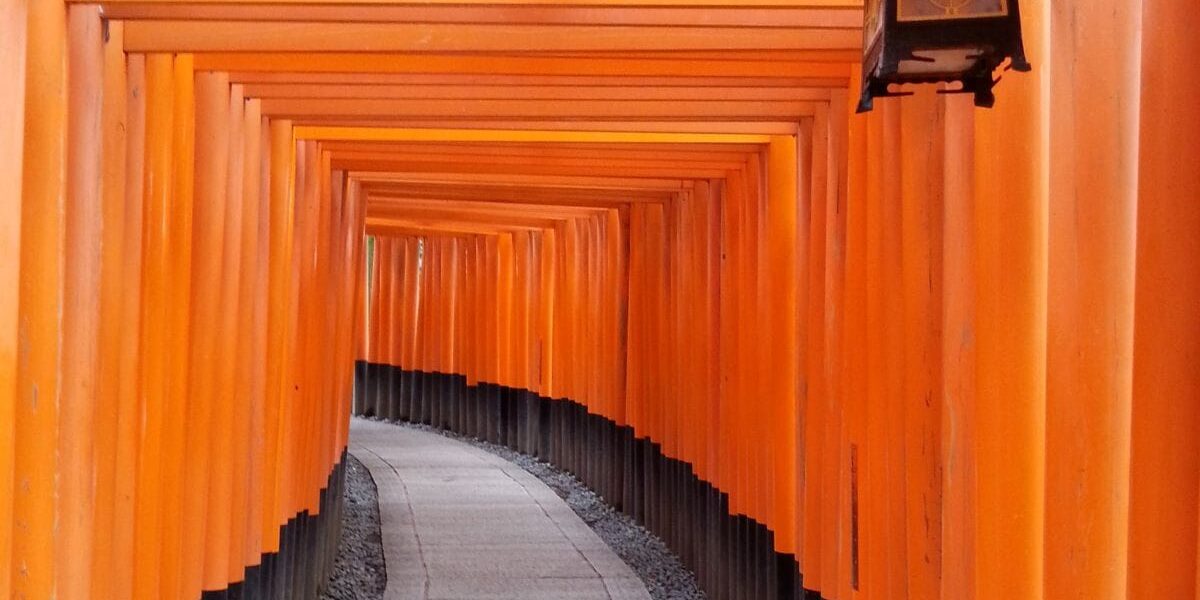
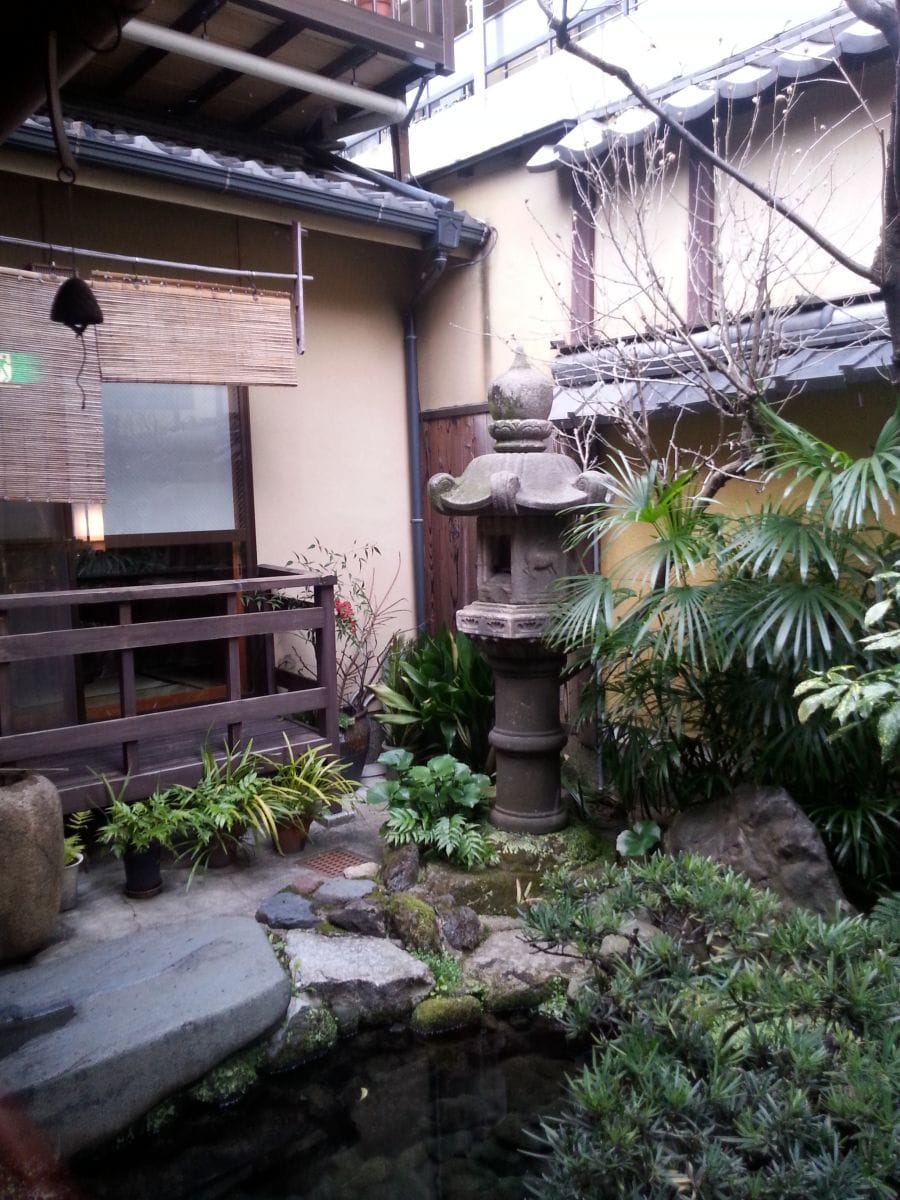
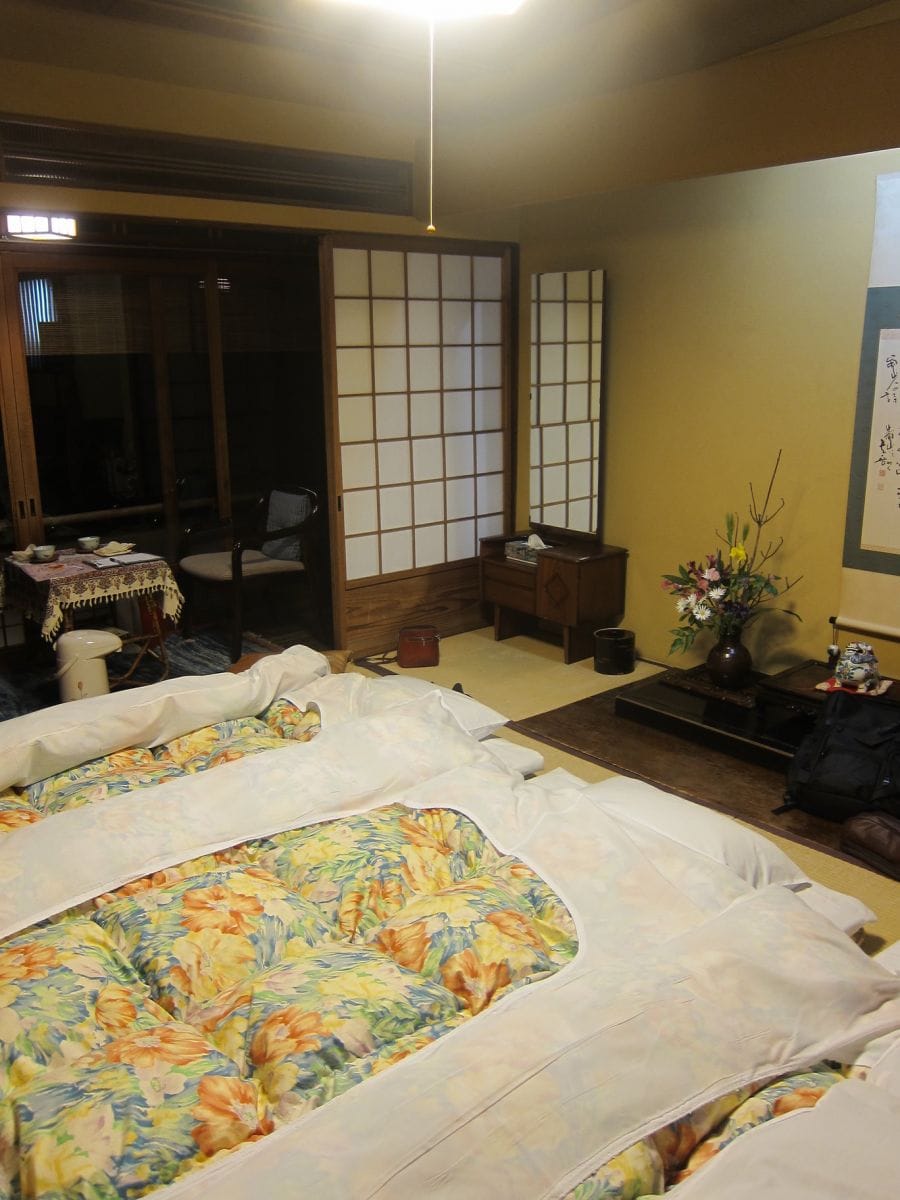
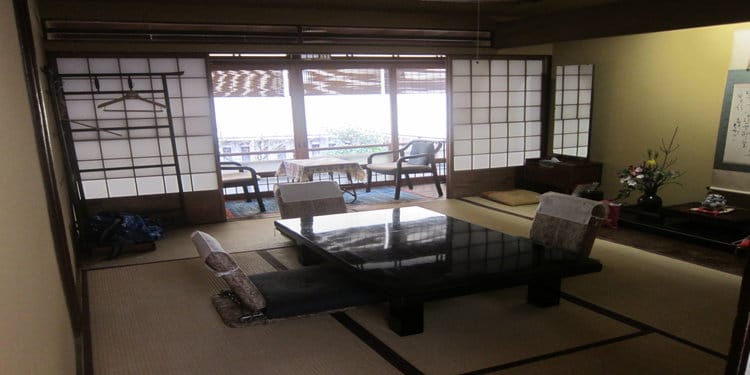
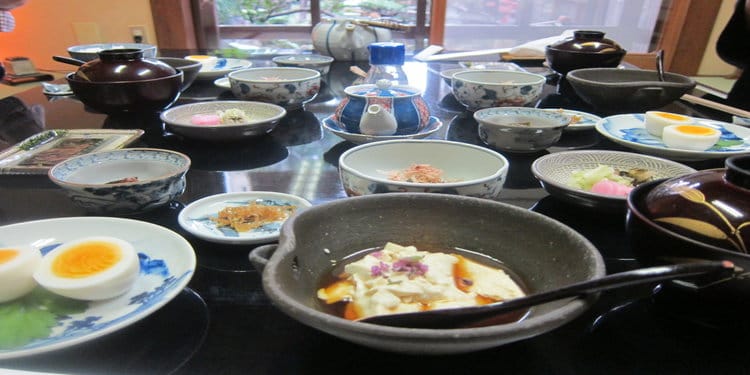
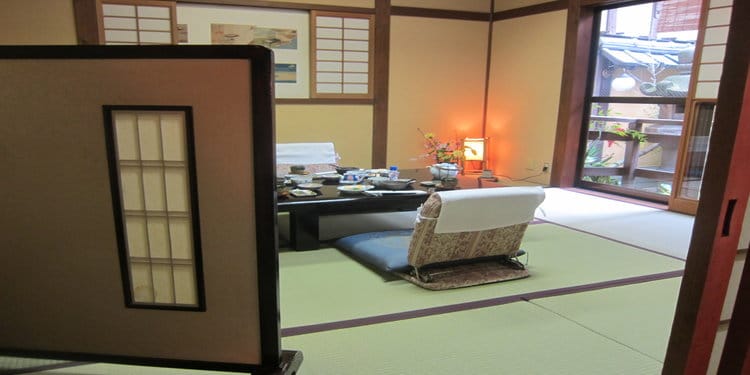


Great post, I will actually be staying here in January when I return to Japan for a trip with my friends!